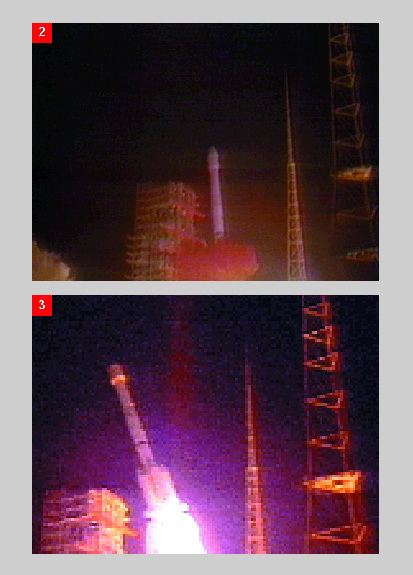Manufacturer Space Systems/Loral | Bus LS-1300 | |
 | ||
Mission duration 15 yearsFailed to orbit | ||
Intelsat 708 was a telecommunications satellite built by the American company Space Systems/Loral intended to be launched into a geostationary orbit and operated by Intelsat. It was destroyed during a launch failure on 15 February 1996, striking a village and causing a large number of fatalities near the Xichang Satellite Launch Center near Xichang, People's Republic of China, prompting political controversy around the world.
Launch failure
The Intelsat 708 satellite was to be launched aboard a Long March 3B rocket. This rocket failed at launch due to an engineering defect and crashed into a village near the launch site (probably Mayelin village) in an enormous explosion, destroying much of it and killing an unknown number of inhabitants.
The nature and extent of the damage remain a subject of dispute; the Chinese government, through its official Xinhua news agency, reported that six people were killed and 57 injured. However, outside estimates suggest that anywhere between 200 and 500 people might have been killed in the crash; "dozens, if not hundreds," of people were seen to gather outside the centre’s main gate near the crash site the night before launch. When reporters were being taken away from the site they found that most buildings had sustained serious damage or had been flattened completely. Some eyewitnesses were noted as having seen many flatbed trucks, loaded with what could have been human remains, being taken to the local hospital and dozens of ambulances. Americans who were there to witness the launch, such as Bruce Campbell (a safety specialist with Astrotech Space Operation), and other eyewitnesses in Xichang reported numerous ambulances and that the satellite post-crash was surprisingly intact along with the opinion that the official death toll only reflects those in the military who were caught by the disaster and not the civilian population. In the years to follow, the village that used to border the launch center has vanished with little trace it ever existed.
Later analysis by the Chinese based Space Review, however, indicates that the total population of the village hit was under 1000, with most if not all the population evacuated before launch, making it "very unlikely" that there were hundreds of deaths.
Because Intelsat 708 contained sophisticated communications and encryption technology, and because portions of the debris were never located by the satellite's developers and may have been recovered by the government of People's Republic of China, Intelsat and the Clinton administration suffered criticism in the United States for allowing a possible illegal technology transfer to China. These concerns prompted an investigation by the U.S. Congress. In 2002, the United States Department of State charged Hughes Electronics and Boeing Satellite Systems with export control violations in connection with the failed launch of Intelsat 708 and the prior failed launch of the APSTAR II satellite. Boeing Co. and Hughes Electronics Corp. agreed to a $32 million settlement.
Members of the US "Loral" security team braved the still toxic environment of the crash site soon after the event to recover software/encryption secrets and returned with complaints of bulging eyes and severe headaches requiring five minutes of oxygen therapy, but reportedly succeeded in recovering "the [satellite's] encryption-decryption equipment". However, contrary to this report by Loral, the most sensitive FAC-3R circuit boards were not recovered by the US.
